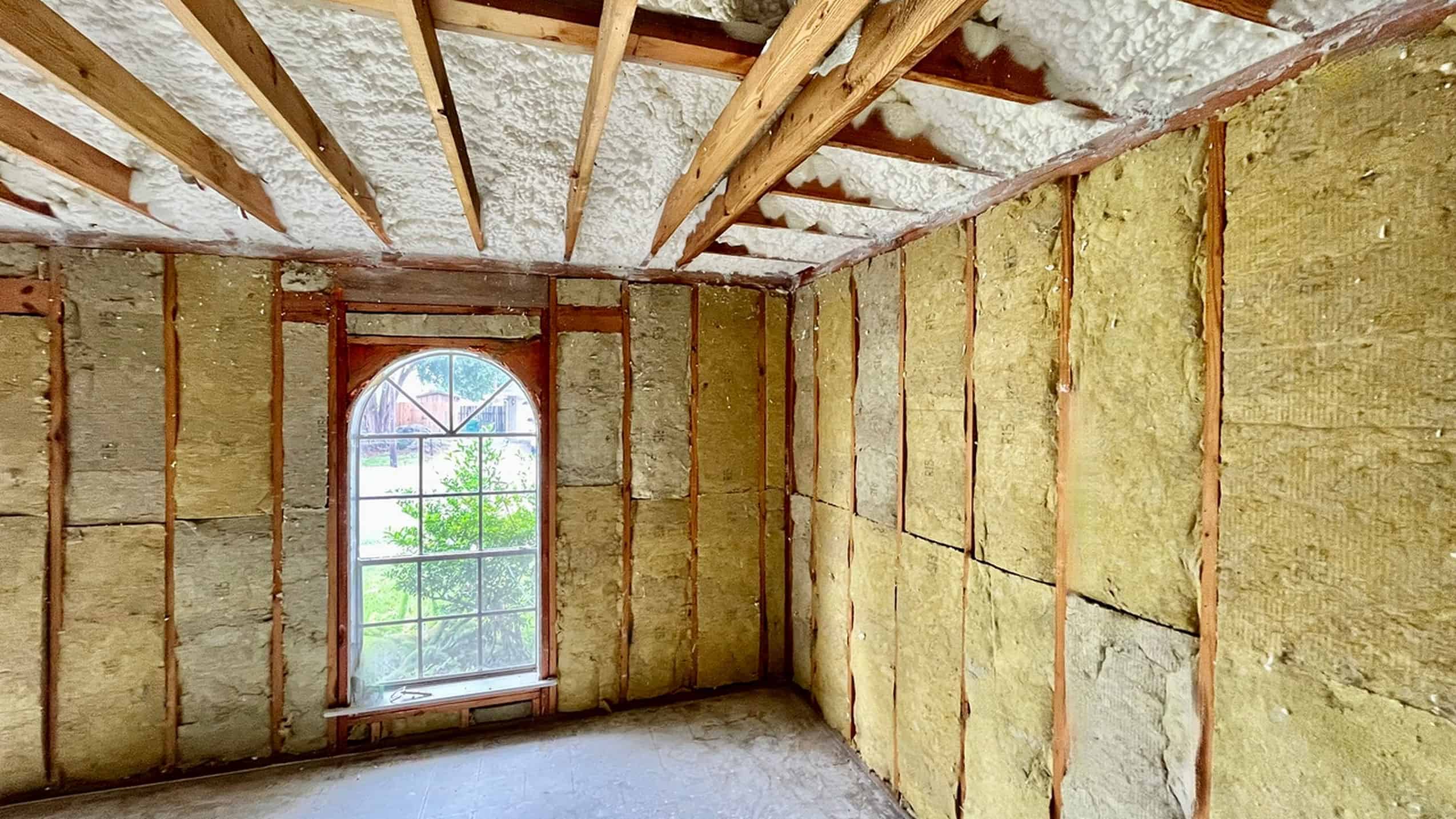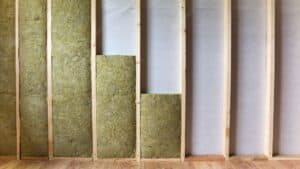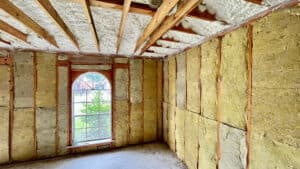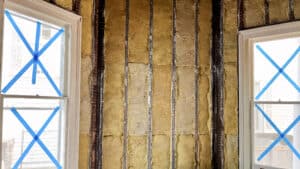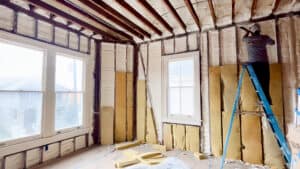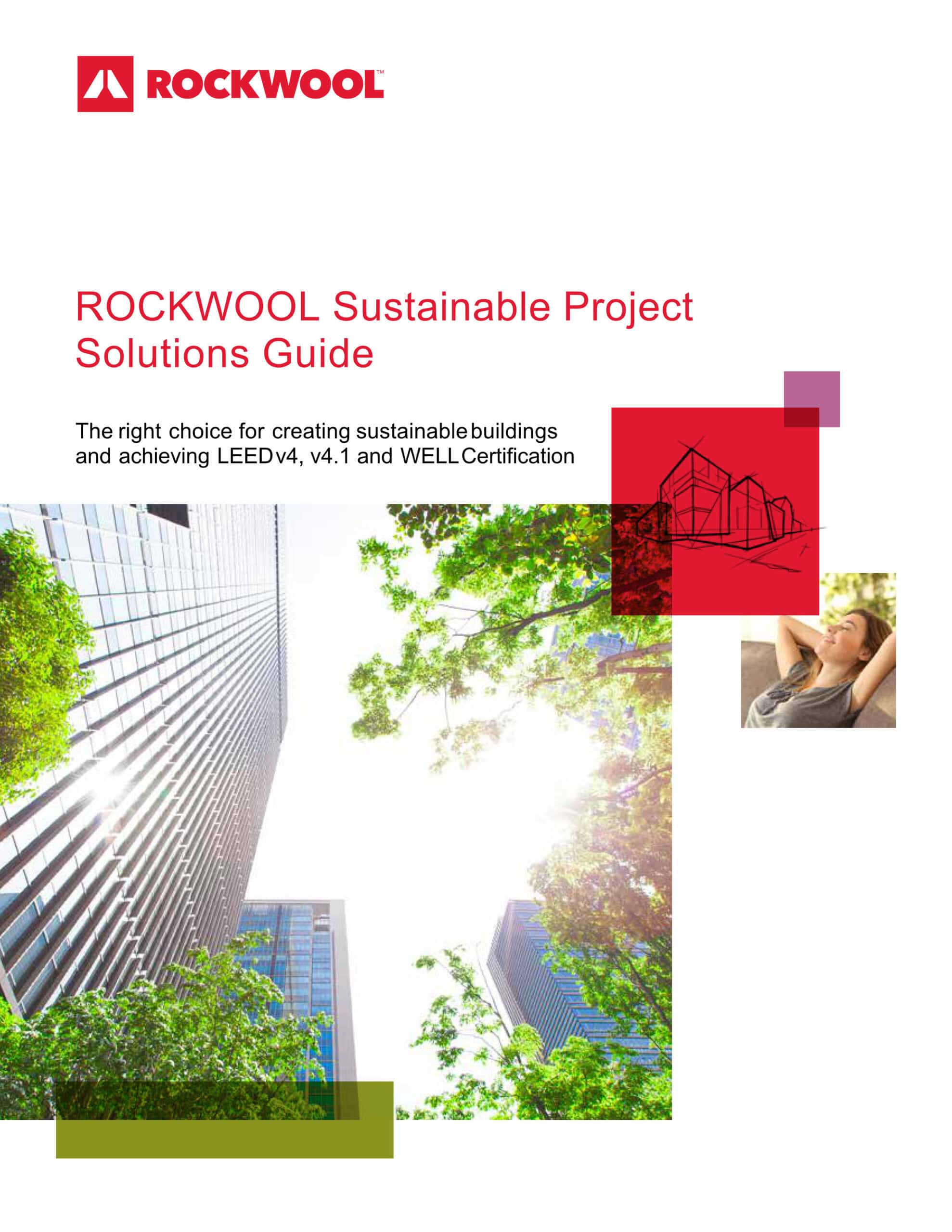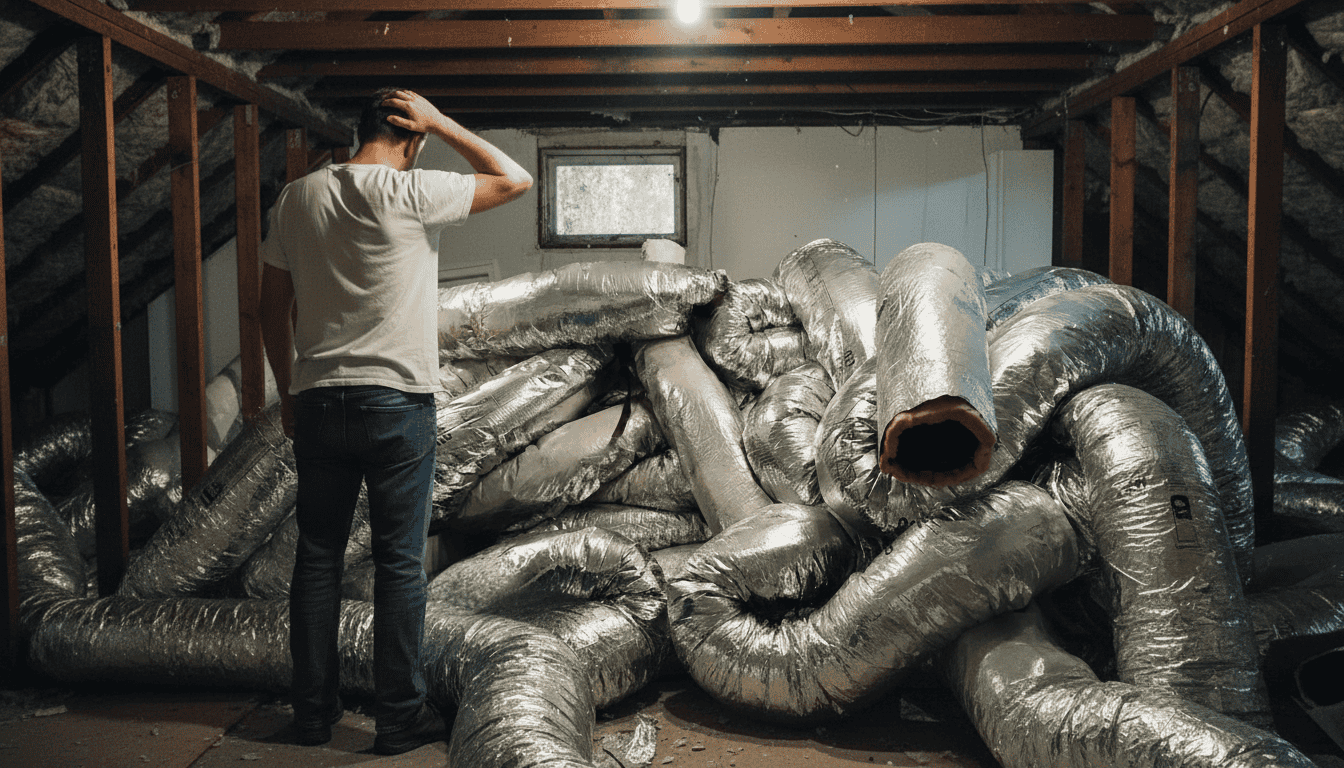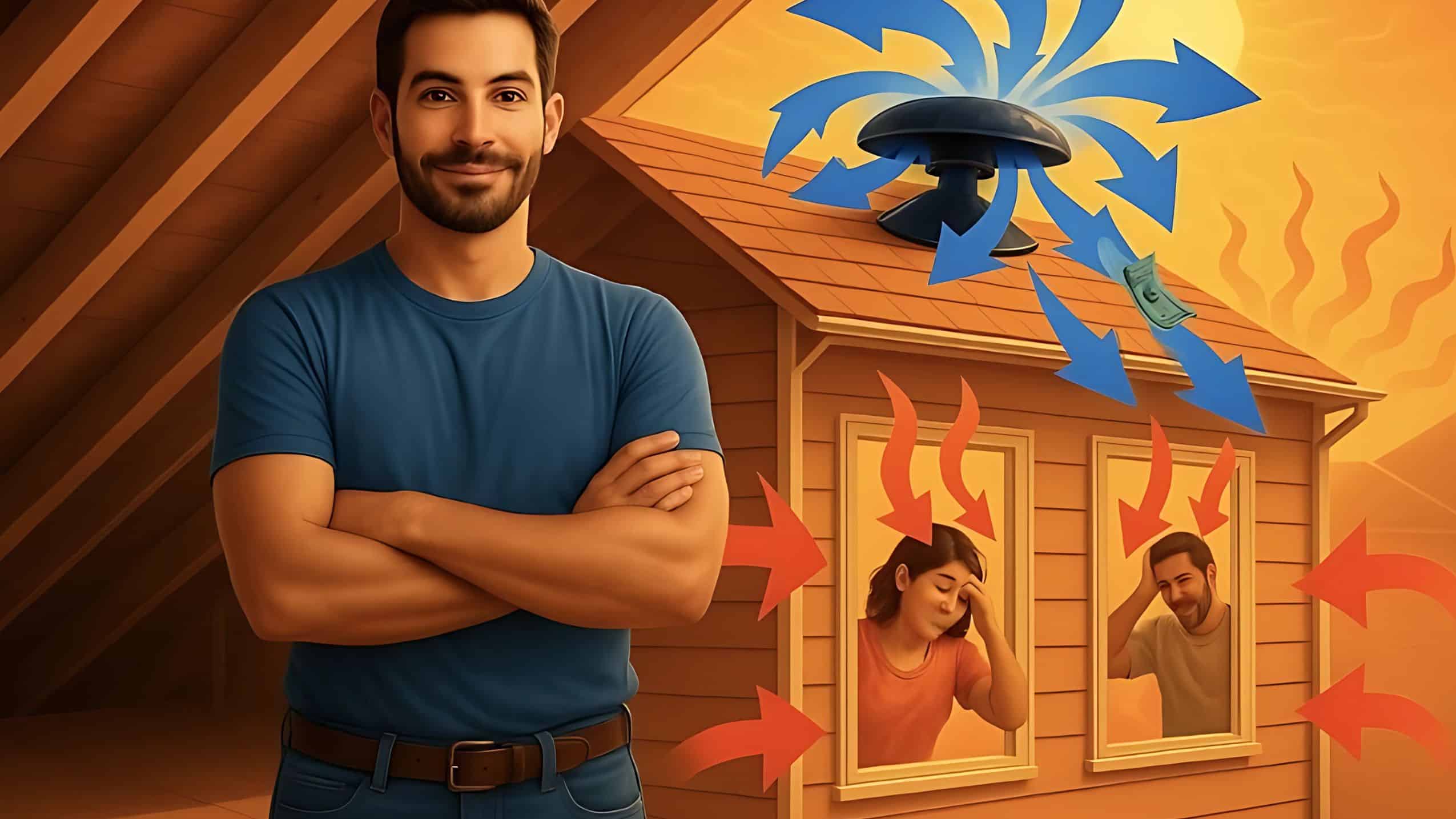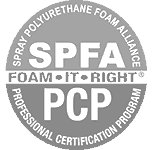Facing the Gulf Coast Climate Head-On
If you live in the greater New Orleans or Mississippi Gulf Coast region, you know your home faces a climate that’s more punishing than most. High humidity, relentless heat, and the ever-present threat of storms and flooding aren’t just seasonal annoyances-they’re year-round realities. Yet, when it comes to insulation, most contractors and homeowners keep reaching for the same old playbook: fiberglass, cellulose, or maybe spray foam if you’re feeling fancy. Meanwhile, mineral wool sits on the sidelines, criminally underused, despite offering a suite of features that are tailor-made for the Gulf South. If you haven’t considered mineral wool for your next project, it’s time to take a closer look at what you’re missing.
More Than Just Thermal Performance
Sure, mineral wool delivers solid thermal performance. Let’s not gloss over that. It insulates as well as or better than many of the usual suspects, helping keep your indoor climate steady and your energy bills in check. But if you think that’s where mineral wool’s story ends, you’re missing the plot. This material is the Swiss Army knife of insulation, but not only due to it’s thermal performance, but rather due to its real superpowers that go way beyond just keeping your AC from working overtime.
Learn More About DE Mineral Wool Installation
The Sound Control Secret Weapon
One of Mineral Wool’s superior characteristics and highly used applications is for sound control, also known as sound attenuation. In our region, where houses are packed close together and the soundtrack of daily life includes everything from passing trains to late-night revelers, and all in between that our Ring Cameras pick up in our New Orleans neighborhoods. Noise is more than a nuisance, it’s a quality-of-life issue. Mineral wool’s dense, fibrous structure doesn’t just slow down heat transfer; it’s a champion at absorbing sound. Walls, ceilings, and under floors (in few exceptional circumstances) insulated with mineral wool act like noise-canceling headphones for your house, muffling the chaos of the outside world and keeping your home a sanctuary of calm. Whether you’re trying to drown out street noise or create a peaceful home office, mineral wool delivers a level of acoustic comfort that fiberglass, cellulose, and spray foam just can’t match. In fact, mineral wool is the go-to choice for theaters, music studios, and high-end hotels for precisely this reason.
Diversified Energy believes your home should get the same VIP treatment. Well beyond just savings on the monthly energy bill, we believe your home is a haven of comfort and the lifestyle where you and your family invest a memorable amount of your lives together.
Fire Resistance That’s More Than Just a Selling Point
Now, let’s talk about fire resistance, a topic that’s not just for insurance adjusters and building inspectors. In a region where electrical storms, power surges, and even the occasional kitchen mishap are part of life, fire safety should be top of mind. Mineral wool is made from actual Basalt rock and recycled slag, spun into fibers that are naturally non-combustible. We’re not talking about “fire-retardant” or “flame-resistant” marketing speak here; mineral wool literally won’t burn, even at temperatures that would turn other insulation materials into a puddle or a cloud of toxic smoke. It’s rated to withstand temperatures up to 1,800°F-well above what most house fires ever reach.


This isn’t just a theoretical benefit: mineral wool is used in fire-rated assemblies in commercial buildings, schools, and hospitals precisely because it buys precious time in an emergency, helping to contain fire and protect what matters most. If you’re building or renovating in a hurricane zone where electrical shorts and storm damage can spark fires, mineral wool isn’t just a smart upgrade, it’s peace of mind.
Hydrophobic: The Moisture-Resistant Marvel
But perhaps the most underrated quality of mineral wool, especially for homes in the Gulf South, is its hydrophobic nature. This insulation doesn’t just resist water – it actively repels it. In a climate where humidity is relentless and the threat of water intrusion is ever-present, Mineral wool is a game-changer. Unlike fiberglass, which can absorb moisture and therefore actually lose its insulating ability, or cellulose, which can turn into a soggy mess, mineral wool shrugs off water like a duck’s back. If your walls or attic ever get wet – whether from a roof leak, a plumbing mishap, or just the kind of high humidity that makes your hair frizz, mineral wool won’t slump, clump, or become a breeding ground for mold and mildew. Once it dries, it’s as effective as ever. This makes mineral wool an ideal choice for areas prone to flooding, coastal homes where wind-driven rain is a fact of life, or any building where moisture control is non-negotiable. And let’s be honest: In our Mississippi River/Gulf Coast climate, that’s pretty much everywhere.
Where Mineral Wool’s Features Shine
So where do these features really shine? Think about multifamily buildings, where privacy and peace are at a premium, and fire safety isn’t just a bonus-it’s a code requirement. Picture high-end custom homes, where clients expect not just energy efficiency but also a quiet, safe, and healthy living environment. Or consider historic renovations, where moisture management is critical, and you can’t afford to gamble with materials that might trap water and cause long-term damage. Mineral wool fits seamlessly into all these scenarios, offering a level of performance that other insulations simply can’t touch.
The Sustainable Choice for a Better Future
Let’s not forget that mineral wool is also a favorite among green builders and sustainability advocates. It’s made from abundant natural materials and recycled content, and it doesn’t off-gas VOCs or contribute to poor indoor air quality. In fact, the U.S. Department of Energy and Green Building Advisor both recognize mineral wool as a top performer for both energy efficiency and durability. It’s a material that works as hard for the planet as it does for your home.
Did I hear you think LEED Certification? Mineral wool insulation can benefit LEED certification through several pathways, primarily related to indoor environmental quality, building energy efficiency, and fire safety. Specifically, it can contribute to credits in areas like material selection, thermal comfort, and fire protection, making it a valuable component in building sustainable practices.
Rockwool.com – LEED Solutions Guide
Why Isn’t Mineral Wool Everywhere?
So why hasn’t mineral wool taken over the Gulf South? The answer is simple: inertia. Old habits, entrenched suppliers, and a lack of awareness have kept this superstar on the bench. But the tide is turning. More architects, builders, and savvy homeowners are waking up to the fact that mineral wool isn’t just another insulation option, it’s the upgrade your home deserves. If you’re tired of “good enough” and ready for insulation that actually solves the problems you face in our unique climate, it’s time to give mineral wool a serious look.
Multiple manufacturers of mineral wool products exist. Some of the more familiar name-brand manufacturers are ROXUL/ROCKWOOL, Owens Corning, Johns Manville.
Post References
The following are some of the sources used to create this blog post.
European Insulation Manufacturers Institute
Insulation Institute LA Codes and Standards
SoundProofCow.com – Mineral Wool vs Fiberglass
FamilyHandyman.com – Why Choose Mineral Wool Insulation
RockWool.com – What Is Mineral Wool Insulation
Insulation-more-co.uk – What Is Mineral Wool Insulation
Thermal-Resources.com – Advantages of Mineral Wool Insulation
